By Lindsey Danis
Our guide, Marla, wears pleather leggings and a wide-brimmed hat. She looks ready to go dancing, not lead us on a hike through farm fields in Viñales. “This should be interesting,” my wife and I whisper.
We head into our casa to slather on sunblock. We’d spent the morning in a shared minivan to Viñales, and were ready to stretch our legs on a trek through the Cuban tobacco fields and limestone mogotes — tall, round hills rising dramatically — that dot the landscape.

As Marla leads us away from the village, she explains how we’ll see a tobacco plantation, learn about the history of Cuban cigars and taste locally produced rum. She actually lives on the farm, and also works as a guide on Viñales tours.
The candy-colored houses of the village grow farther apart, becoming more basic along the way. Carts pulled by livestock pass us, a reminder that traditional methods of agriculture and transportation are common here. A dusty trail appears between two houses, and Marla turns. As we come to a green and white striped house, a dog shoots toward us, wheezing with happiness. It trots along, as if guiding our hike.
“Is that your dog?” we ask.
Marla nods. “This is my family’s home.”

Finding Cultural Connections On Viñales Tours
Marla points to a field of waving green tobacco leaves — her father’s field. She tells us the names of her family’s farm animals in Spanish.
“Pato is duck in English, right?” we ask, glad to have our Duolingo lessons reinforced.
We explain how we live in a farming area back in Nuevo York (New York). When meeting Cubans, we always explain that we live in “el campo,” not New York City. We have a friend who raises goats — just like Marla’s family — and makes soap from the goats’ milk.
“We grow manzanas (apples),” we tell Marla. “Do you have them here?”
“I love them!” she grins, curious how two Americans live in a farm area that somewhat resembles her own hometown so far away. We in turn wonder when and where she’d gotten to taste an apple.
As Marla points out papayas and pineapples growing along the path, we realize vocabulary lessons would be the extent of her guiding services. Marla is learning English and we’d been learning Spanish, but none of us knew enough to have a deeper conversation.
There was so much we wanted to know about Cuban culture, and we sensed Cubans felt the same way about Americans. Everyone seemed so eager to assure us they were happy we had come. “We are so excited to be here,” we always replied, taking pains to distance ourselves from our newly elected anti-Cuban president.
Marla has trouble believing that we’d seen pineapple plants before. “In the flower shop,” we say, unsure how to explain something like an American flower shop.
Cuban stores are stocked in a seemingly random manner, with nothing but surplus cans of tuna and canola oil. Two days later, the store might get a shipment of strawberry sodas, which would be gone by evening. To get family groceries, it seemed you’d need to spend all morning hitting up stores or turn to the black market. While we’d read about the food shortages in Cuba, we were still taken aback every time we entered a store.
The Cuban Tobacco Farm Tour
A barn made of wood and thatched palm leaves looms in the distance. Farmhands hang out, tending to their horses. A parked car near the barn looks out of place. We arrive at Casa Manolo, and Marla hands us over to Juan, a uniformed guide who works on the plantation.
Want to experience #Cuban #culture? Head to a #tobacco farm for a #tour! Click To Tweet

Juan speaks English, Spanish and French — a rarity, as most Cubans we’d encountered were monolingual. We indulge his over-the-top flirting, sure he’s putting on an act with the hope of selling more cigars.
He leads us inside a barn filled with drying tobacco leaves, their aroma reminiscent of leather. Light pierces through the wood slats of the barn. It’s beautiful and quiet, a respite from the noise of the village. We wander through the rows, reaching out to touch drying tobacco leaves.
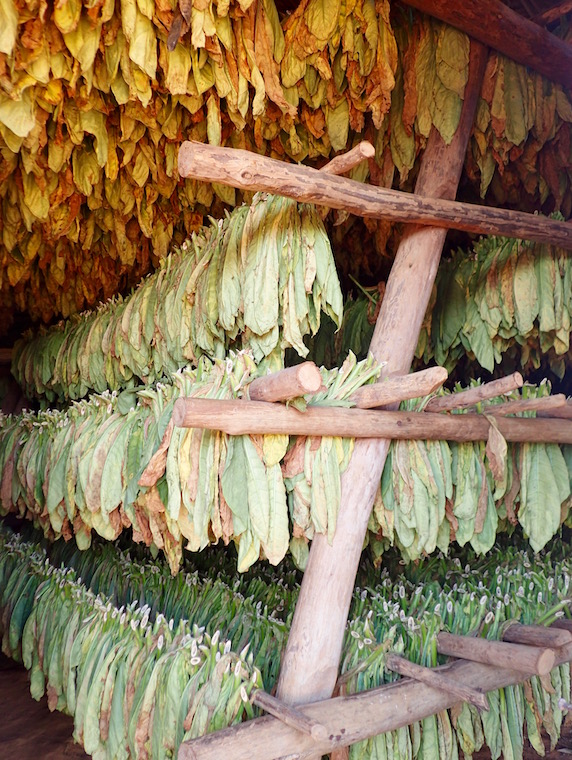
The guide explains how the leaves are harvested every few months — tobacco grows quickly — then hung upside down to dry. The higher up, the drier and older the leaves. When the leaves are dry enough, they’re fermented in a special brew containing vanilla, cinnamon, honey and, of course, rum, which gives the leaves their sweet flavor.
Viñales belongs to a UNESCO World Heritage site, so the farmers grow and harvest tobacco the way it has been done for generations. To retain the UNESCO label — and protect the land from development — cigars made here have to be nicotine-free.
In Cuba, 90% of any farmer’s crops are sold to the government. The remaining 10% are kept on the farm, for personal use or sale. We have the chance to buy cigars here, though first we sample the merchandise.
As Juan talks, he reaches for a leaf and rips out the center vein. The fermentation process concentrates all of the nicotine here, so by simply pulling out the vein, you can make a nicotine-free cigar. He then packs the leaf with different grades of tobacco and rolls it with the flat of his palm.

“Now I’ll show you to smoke these just like Che Guevara,” he says with a wink. “Che liked to dip his cigars in honey, to soothe his throat. If you like, you try.”
He hands a cigar to everyone in the small group, then leans forward with a lighter, asking, “Do you know how to smoke a cigar?”
Only two in the group do, and he demonstrates for the newbies, showing off with a smoke ring.
You puff a cigar by placing it in your mouth, tasting the flavor on your lips and tongue. Rather than a deep inhale, aim to suck up the smoke into your mouth, sort of like drinking from a straw. As the smoke hangs out in your mouth, you enjoy all the flavors.
Che is everywhere in Cuba — graffiti, tourist trinkets, art — so we aren’t surprised to hear a Che story at the cigar farm. We are surprised at how nice the cigar is dipped in honey. The cigars I’d tried before felt heavy and tannic, and the idea of a sweet cigar seemed like it could easily go overboard; but no. These Cubans have a complex flavor, from the fermentation process as much as the richness of the experience, puffing away while surrounded by tobacco fields.
Before we leave, we purchase a small pack of cigars with a natural humidor — a banana leaf. By keeping them wrapped in our refrigerator, we can enjoy them for as long as 10 years.
Coffee (And Rum) Tasting
We bid goodbye to our guide as another group walks up, then continue our journey on foot. Groups of horseback riders pass us — Viñales tours can be taken on foot or horseback— but we enjoy the slow view as we walk. It’s easier to spot tropical fruits and talk to our guide this way.
Ten minutes down the road we come to another small farm, loaded with fruit trees and coffee. I break into a grin. I’ve always wanted to tour a coffee farm on my travels, but it’s never worked out. A new guide named Victor shows us a contraption that resembled a giant butter churn, where beans are pounded in the traditional way. The ground-up coffee is then poured into a fine cloth sieve to make a fresh cup.
Interestingly, the technique resembles the way I make my coffee at home. I nibble on a roasted bean, enjoying the opportunity to find these connections.
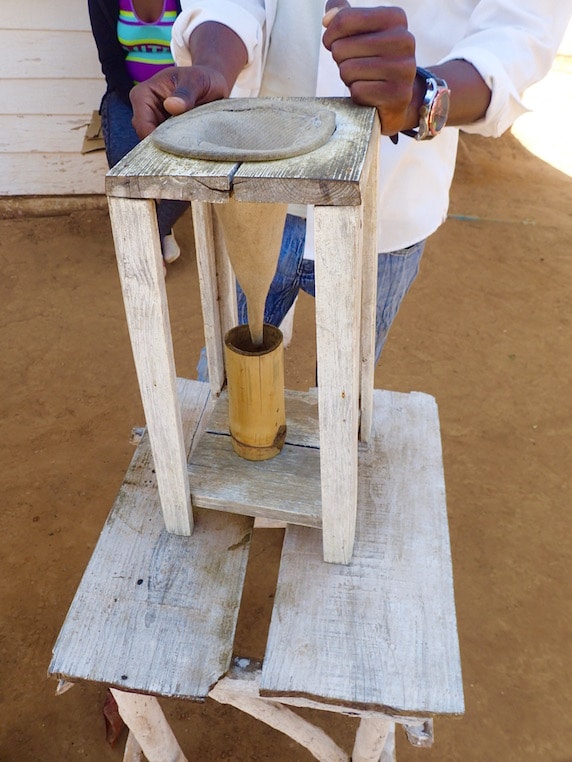
“We will not taste coffee, but rum,” our guide notes. “We make a special rum here in Viñales, with the fruit of guava. There is rum for the ladies and the men.”
The original rum is straight-up — no added sugar, only the natural sweetness of guava. The ladies’ rum contains added sugars to appeal, supposedly, to women’s taste buds.
While the guava rum isn’t my favorite — I’m partial to the Havana Club 3 Anos, which you can find for $3 if you hunt around — it’s fun to try. I mean, where else can I sip guava rum in a beautiful place like this?
We hike on, enjoying the view of the limestone mogotes. You can rock climb up their sheer faces, though there aren’t any trails for hikers. To cool off from the late afternoon sun, we dip our feet in a pond while wild piglets rustle in the nearby vegetation.
As we head back, Marla hesitates outside her family farm. We assure her we can find our way back to town by following the footpath. Maybe the language barrier has prevented us from deep conversations, but we’d learned a lot about Cuban life and culture nonetheless.
In Viñales #Cuba, they offer two types of rum - one for the ladies and one for the men. #travel Click To Tweet
Conflicted About Cuba Travel — How to be a Responsible Traveler
As the pastel homes of the village come back into view, I feel conflicted. The village is crowded with tourists, residents and vehicles. The majority of bars and restaurants on the main street cater only to tourists. Only the nameless panaderia, with peeling blue paint, holds out, refusing to sell bread to tourists until the locals have the opportunity to buy what they need.
With almost every resident of Viñales renting out a room in their home, and only a couple of hotels in town, it’s easy to see how a boom in tourists hungry to see “authentic Cuban culture” could overwhelm the agricultural village and exacerbate food shortages.
We’d passed through fellow UNESCO site Trinidad earlier in the trip, where a parade of tour buses navigated tight corners, nearly knocking down foot traffic as Havana day trippers checked this must-see off their bucket list. There we saw first-hand how quickly good intentions could muddy the charm of a place like this.
The mogotes are peaceful, and I want them to stay that way. UNESCO protection gives them a chance; but development might alter the experience for future travelers. While we know locals enjoy the extra income operating a casa particular accommodation, we hope they can weather the influx of tourists without losing their way of life in the process.
Want to visit #Cuba responsibly? Here are some #traveltips! #responsibletravel Click To TweetIf you’re contemplating a Cuba trip and worry about your impact, try to tread lightly.
I’d recommend funneling your money directly to locals as much as possible so you’re helping the people with whom you come into contact. This means staying in casas (we booked via AirBnB) rather than hotels and eating in private restaurants or paladars — our favorite was Somos Cuba.
Rather than book with a tour operator, ask your casa owner to set up a tour with a local guide. Or go with my friend Gio of Giovanni’s Guiding Services, who speaks great English and got us out of a jam in Trinidad — seriously, he’s a great guy who is passionate about showing travelers around Cuba. If you do decide to book a Cuba package tour, look for companies that offer ethical tourism and avoid things like Cuba cruises, which offer little benefit to the local economy.
Finally, have an interest in Cubans and talk to them openly. If you’re an American, tell them how you feel about the embargo or the President. Get to know them, despite language barriers. And share their stories when you get back — Cubans may not have a lot of resources, but they’re highly resourceful and they are proud. They see the embargo as a death sentence and they feel forgotten on the global stage. So when Cubans feel like their stories and culture are important on the global scale, they’ll fight for it.
What ethical Cuba tips or Viñales tours do you recommend? Please share in the comments below!
Further Exploration:
How To Explore Cuba’s Green Side In Las Terrazas [Blog Exploration]
Clever Travel Companion Pickpocket-Proof Garments [Travel Safety]
An Introduction To Sustainable & Responsible Tourism [Great Reads]
Latest posts by Lindsey Danis (see all)
- How Travelers Can Help Combat Overtourism - Jan 16, 2018
- Finding Connection, Cigars & Che On A Cuban Tobacco Farm Tour - Sep 6, 2017

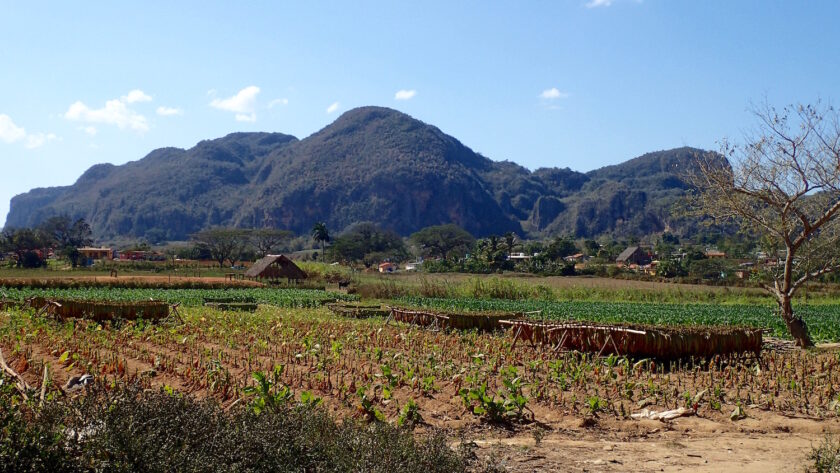

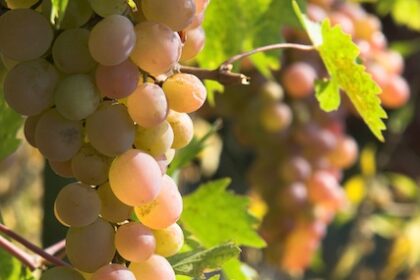

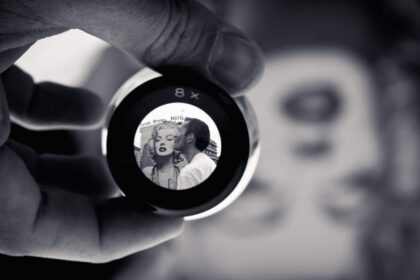
Hi Lindsey,
Were your cigars from this tour accepted at the airport? I was told to only buy cigars from the government shops as the rest are fake, but this sounds legit. Many thanks for your advice.
Hi Kelsey, That is strange. I had no problems at the airport and don’t know what a “fake” cigar would be.
The rum, coffee, honey, and tobacco farm in Vinales, owned by one extended family, is beautiful and interesting, but I do not recommend buying any of their products to take home. The coffee and drinks at the hut and restaurant were fine, but the coffee and cigars were awful quality. The $10 clear plastic water bottle of coffee basically brewed up gray and tasted like burnt dirt, and the cigars were not the authentic hand rolled ones they show at their demonstration. I can’t speak for the rum or honey they actually sold to folks, but at $25 a bottle for rum, and $10 for honey, I would steer clear. If you search Trip Advisor, you will find many many comments about this place and how they are scamming tourists.